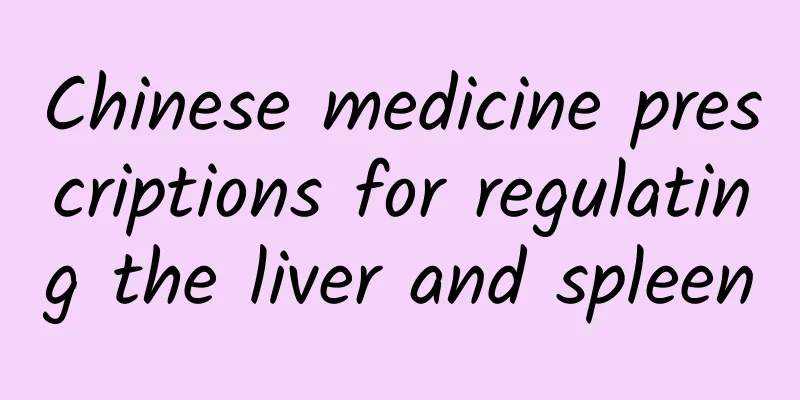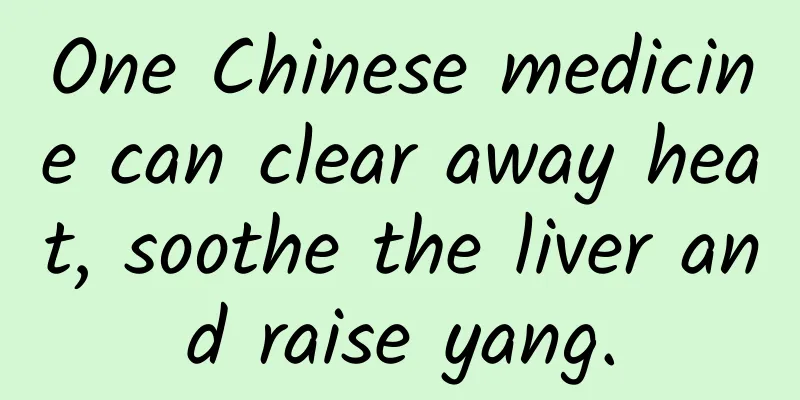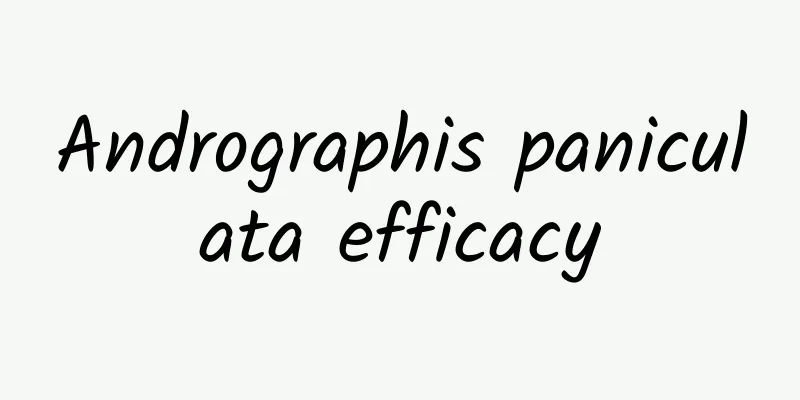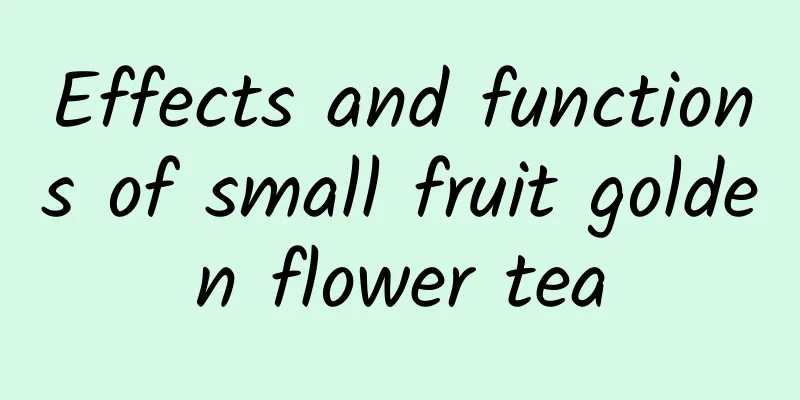Chinese medicine prescriptions for regulating the liver and spleen

|
Many sub-health conditions can be treated with Chinese medicine. For example, liver and spleen problems can be slowly treated with Chinese medicine. When liver and spleen problems occur, there are often symptoms of chest tightness and shortness of breath. Women may also have symptoms of dysmenorrhea and endocrine disorders. The Chinese herbal prescriptions for regulating the liver and spleen should be selected according to one's actual situation, such as the method of dispersing Qi and relieving middle pain, the method of calming the stomach and relieving adverse effects, and the method of warming the meridians and harmonizing the blood. 1. TCM Methods for Regulating the Liver and Spleen The method of relieving qi and tonifying the middle: used for chest tightness, warming the body, and frequent flatulence. Medicines such as Cyperus rotundus, dried tangerine peel, Citrus aurantium, and Citrus hand. The method of descending qi and calming the adverse symptoms: used for asthma. Medicines such as agarwood, sandalwood, lindera strychnifolia, and tangerine peel. Heavy tranquilizing and relieving method: used for hiccups due to stomach deficiency and upward flow of qi. Medicines such as hematite and magnetite. Method of regulating the liver and spleen: used for stagnation of liver and spleen qi. Medicines such as Angelica sinensis, White Peony Root, Bupleurum Root, Atractylodes Macrocephala, and Poria cocos. Qi-moving and blood-stasis-removing method: used for women with dysmenorrhea, with small amounts of blood stasis. Medicines such as Chuanxiong, Safflower, Leonurus japonicus, and Cyperus rotundus. Warming the meridians and harmonizing the blood: used for cold in the blood and late menstruation. Medicines such as angelica, moxa, and cinnamon. 2. How to regulate the liver and spleen 1. Sini San It is a classic prescription in the Treatise on Febrile Diseases. The composition of the medicinal ingredients is relatively simple, with four herbs: bupleurum, immature bitter orange, peony root, and liquorice. It is mainly used to soothe the liver and regulate the spleen. The saying "When seeing a liver disease, know that the liver will pass it to the spleen, so the spleen should be strengthened first" is aimed at this pathogenesis. Sini San has the function of regulating the liver and spleen. In this prescription, Bupleurum chinense soothes the liver, regulates qi and raises yang, while Citrus aurantium regulates qi, harmonizes the stomach and eliminates abdominal distension. Combined with white peony root and liquorice, they soften the liver, replenish deficiency and strengthen the spleen. This classic combination of herbs is used for some symptoms of liver and spleen diseases and has a wide range of applications. 2. Chaihu Shugan San There is also a classic prescription called Chaihu Shugan San, which is based on Sini San but without the bitter orange peel. Instead, it adds dried tangerine peel, bitter orange peel, cyperus rotundus, and Chuanxiong. It increases the effects of dried tangerine peel and bitter orange peel in regulating qi and relieving stomach pain, while cyperus rotundus is added to soothe the liver, regulate qi, and relieve pain, while Chuanxiong is added to promote qi and blood circulation to relieve pain. In this way, the effects of Chaihu Shugan San in soothing the liver, promoting qi, regulating qi, and relieving pain are more prominent. This prescription can be used to treat any stagnation of qi in the liver, gallbladder, spleen, and stomach. |
<<: What are the Chinese patent medicines for the treatment of functional dyspepsia?
>>: Note: When taking Chinese medicine for clearing heat and detoxification
Recommend
How to treat nasal drip with traditional Chinese medicine?
Traditional Chinese medicine treatment for nasal ...
The efficacy and function of fern root
Do you know the root of the fern? It is a common ...
Should cancer patients undergo radiotherapy? Afraid of radiation and hair loss?
Radiotherapy is one of the main methods of treati...
What are the effects, functions and methods of eating snake tongue grass?
As a kind of Chinese herbal medicine, the medicin...
The efficacy and function of Qijingu
What are the functions of Qijingu? As a tradition...
Family members, these 5 electrical appliances are "power-consuming assassins", don't forget to unplug them when you return home for the holidays
During the Spring Festival holiday, most people w...
The efficacy and function of Hainan konjac
When it comes to Hainan konjac, we are all famili...
Chinese herbal medicine for sterilization and anti-inflammatory
There are many types of Chinese medicinal materia...
Wen Dan Tang Decoction Dampness Reaction
According to the theory of traditional Chinese me...
What are the effects of soaking Cnidium monnieri in wine?
In daily life, Cnidium monnieri is very common, a...
The efficacy and function of dragon beard grass [picture]
Dragon's beard grass [picture] is a common Ch...
It is a vegetable and a traditional Chinese medicine. It has miraculous effects but can also easily cause poisoning.
"The autumn wind blows in the yard, the gras...
What did McDonald's packaging look like 30 years ago? The Bird's Nest remembers
Biologists discovered an unusual bird's nest ...
The efficacy and function of rice ball vine
Rice ball vine is one of the common traditional C...
The efficacy and function of water reed root
Water reed root is a medicinal material and is qu...









